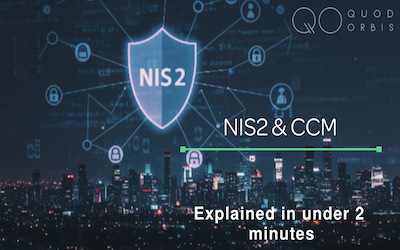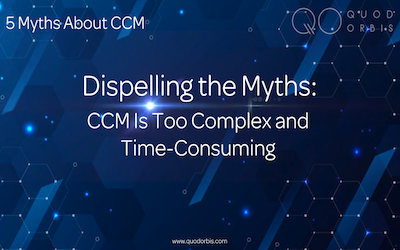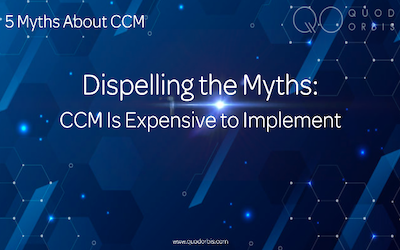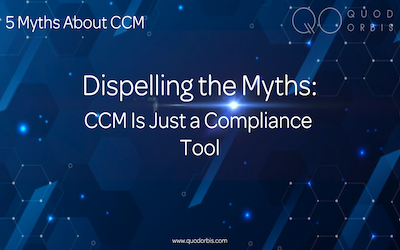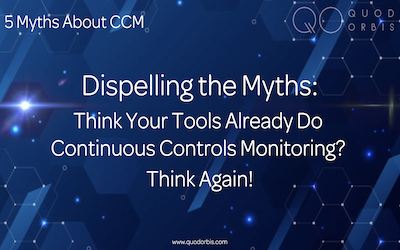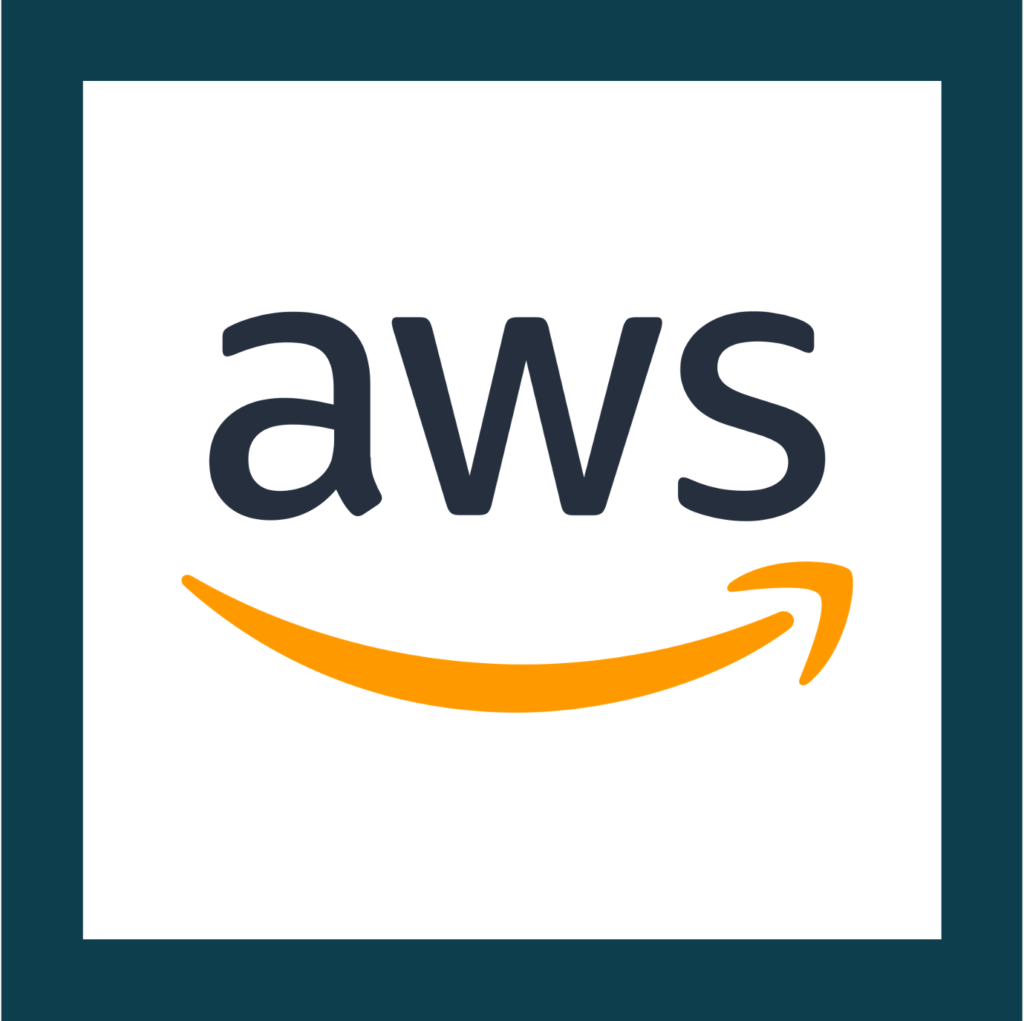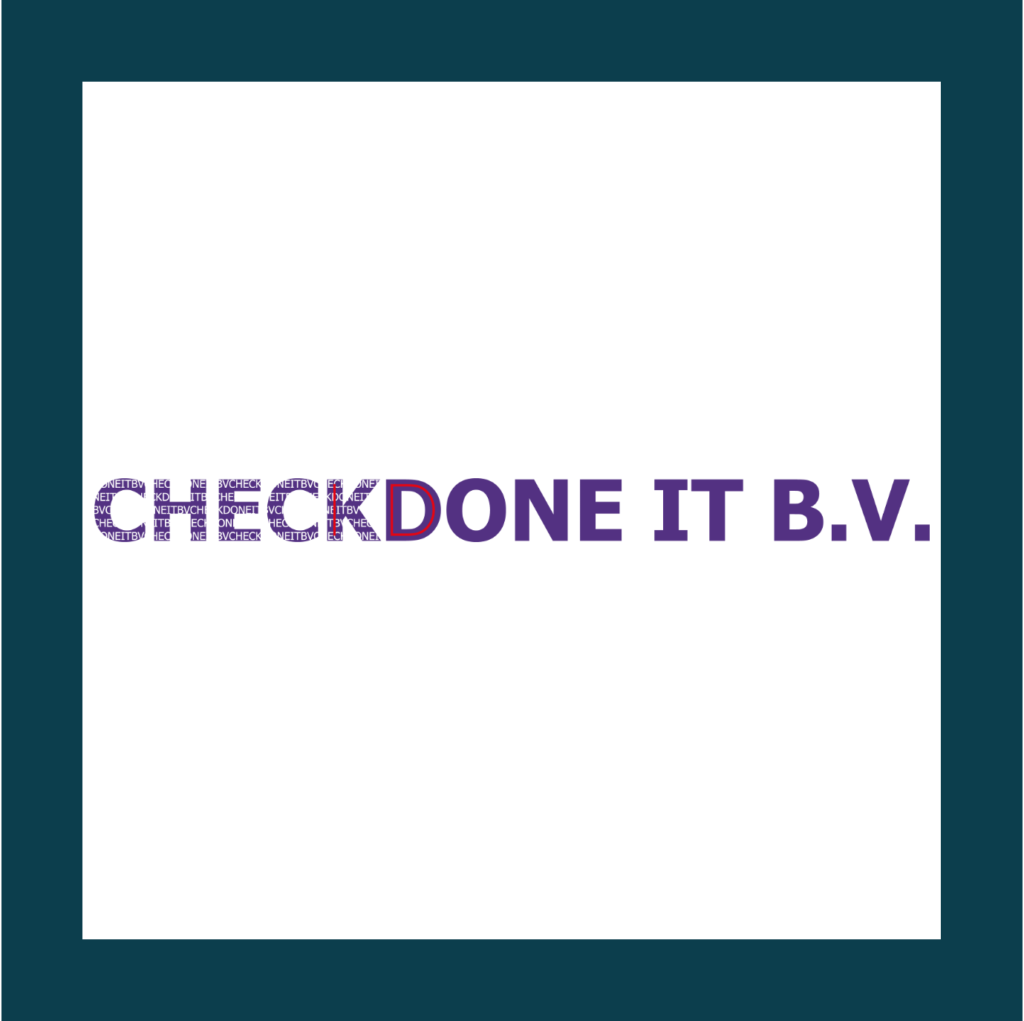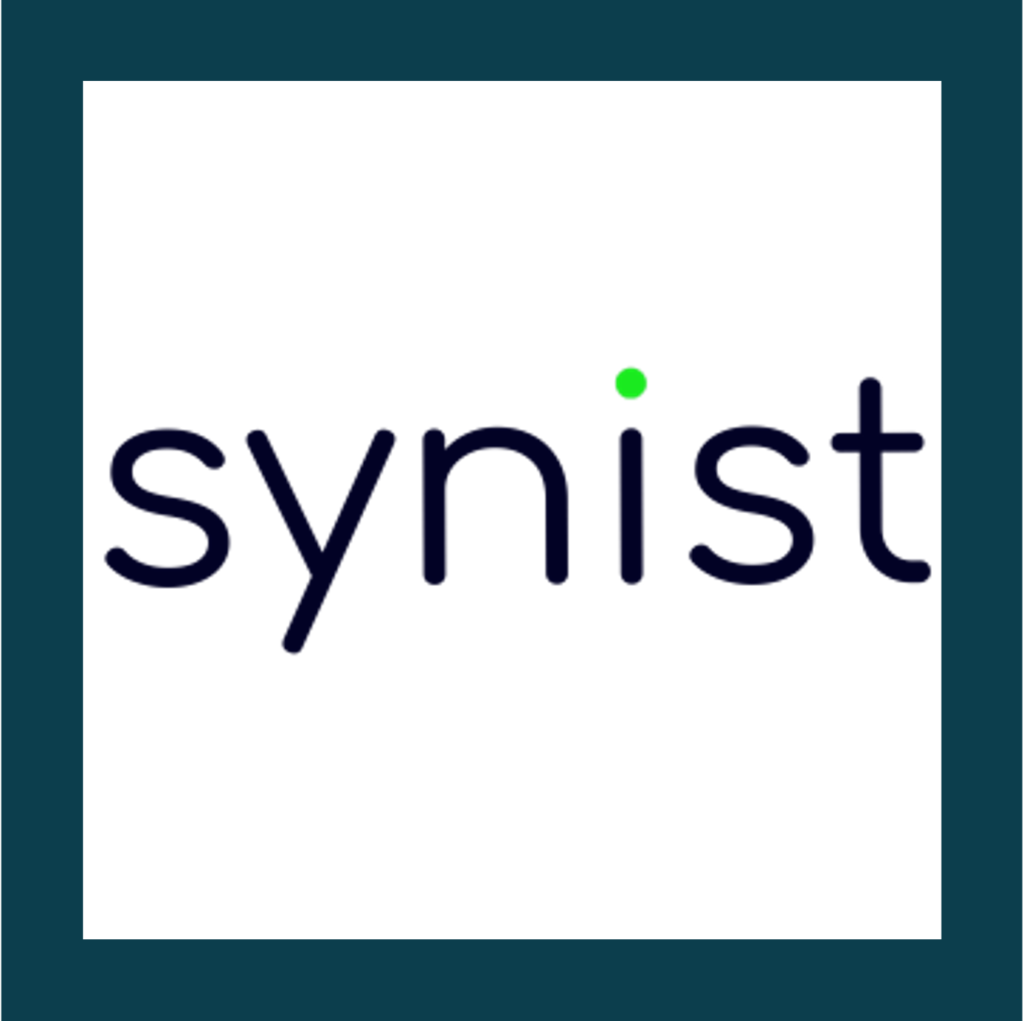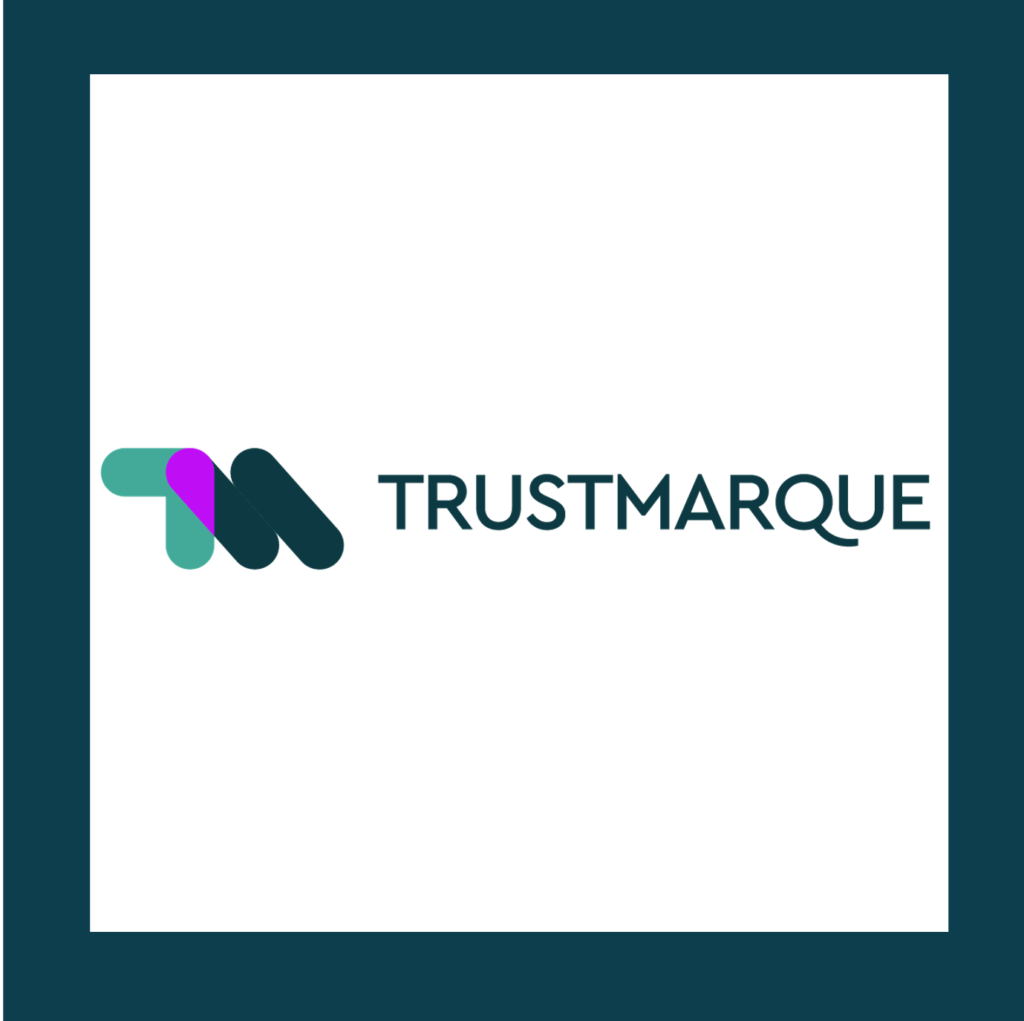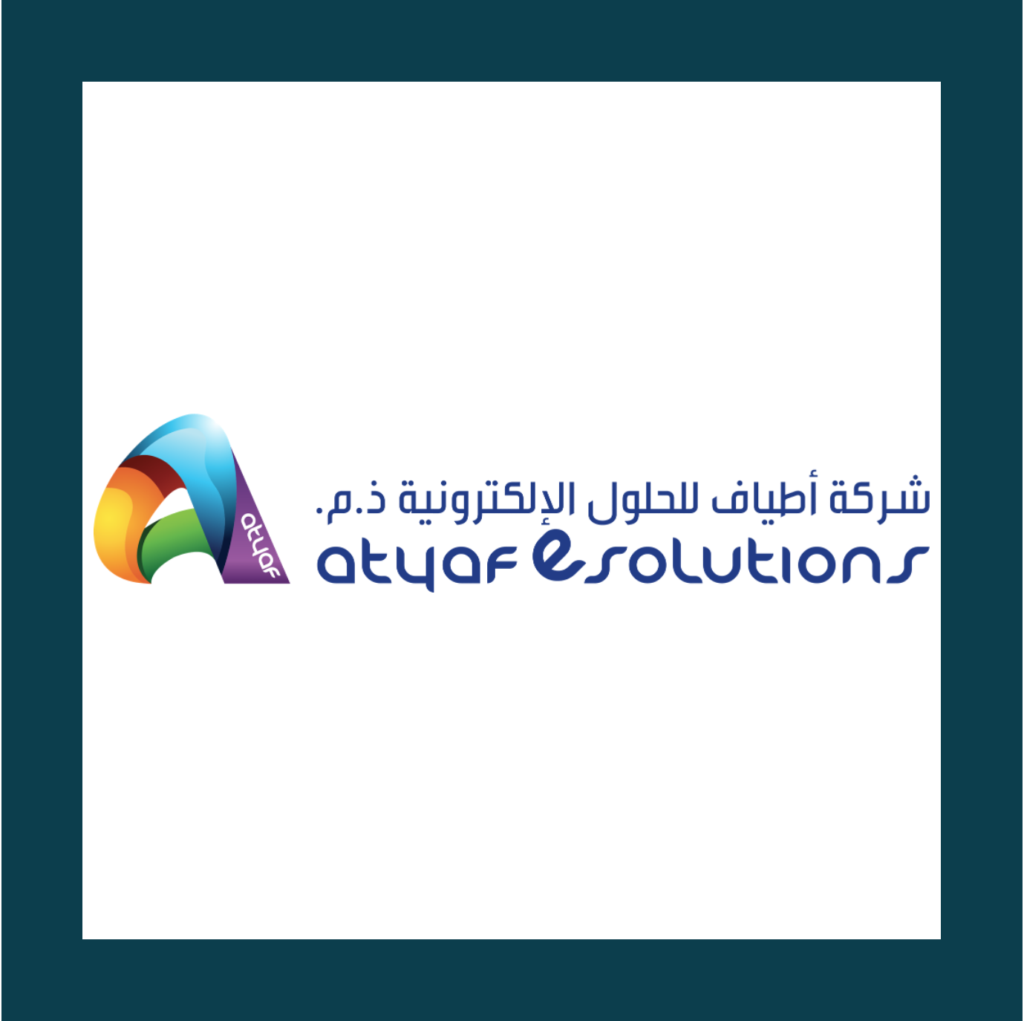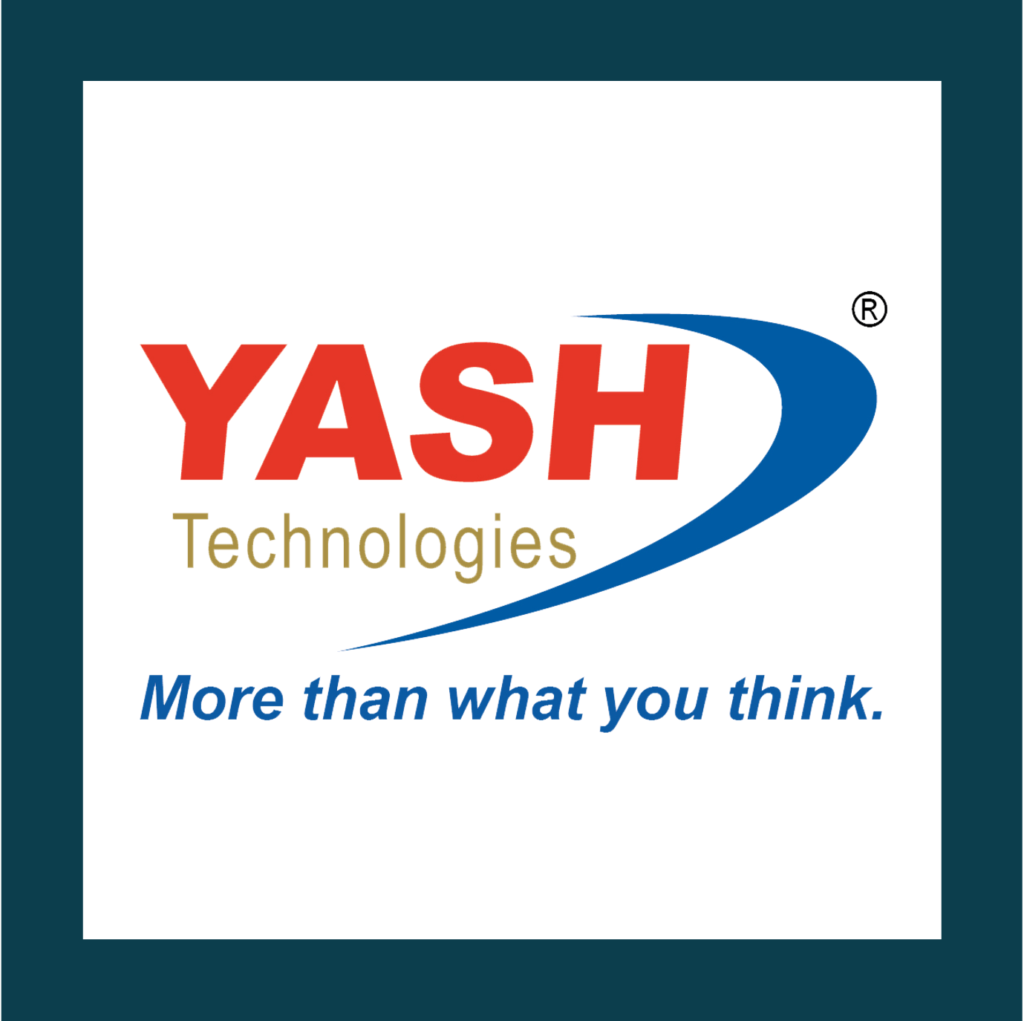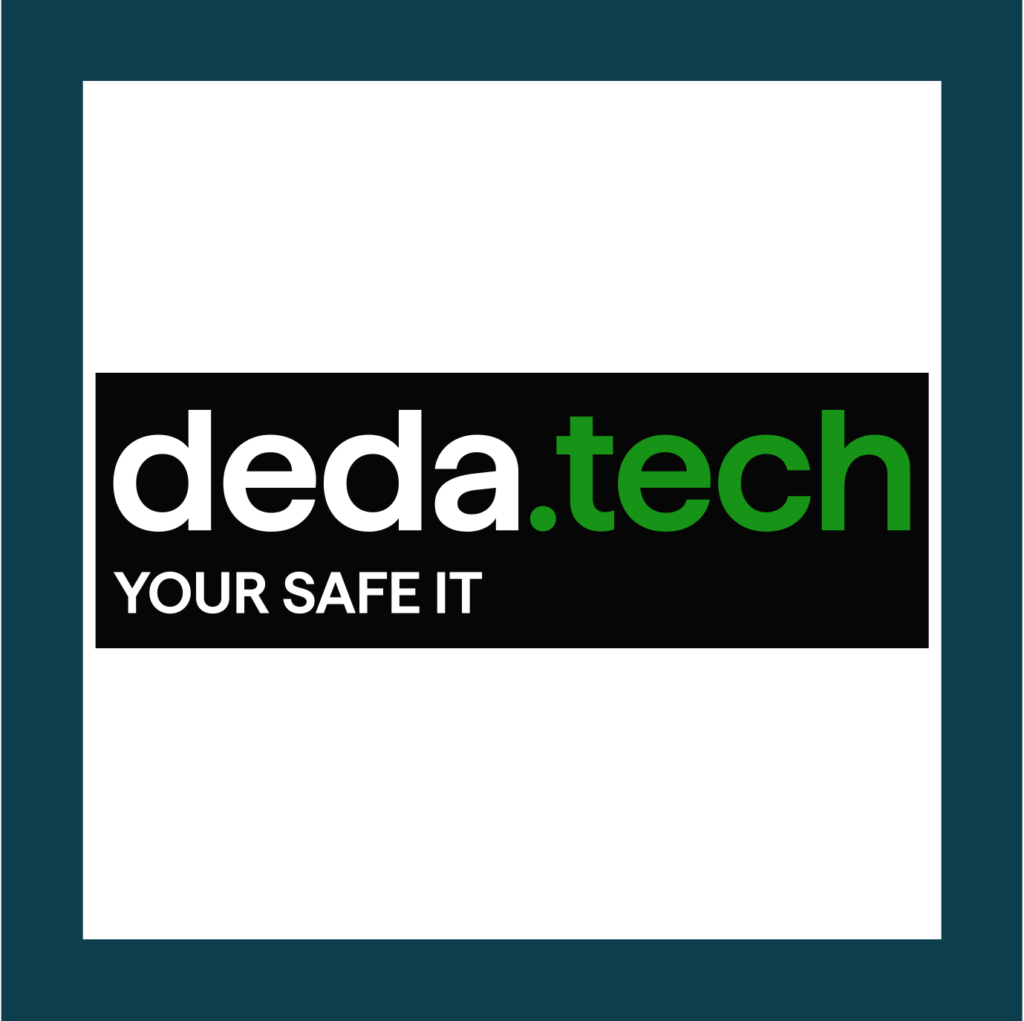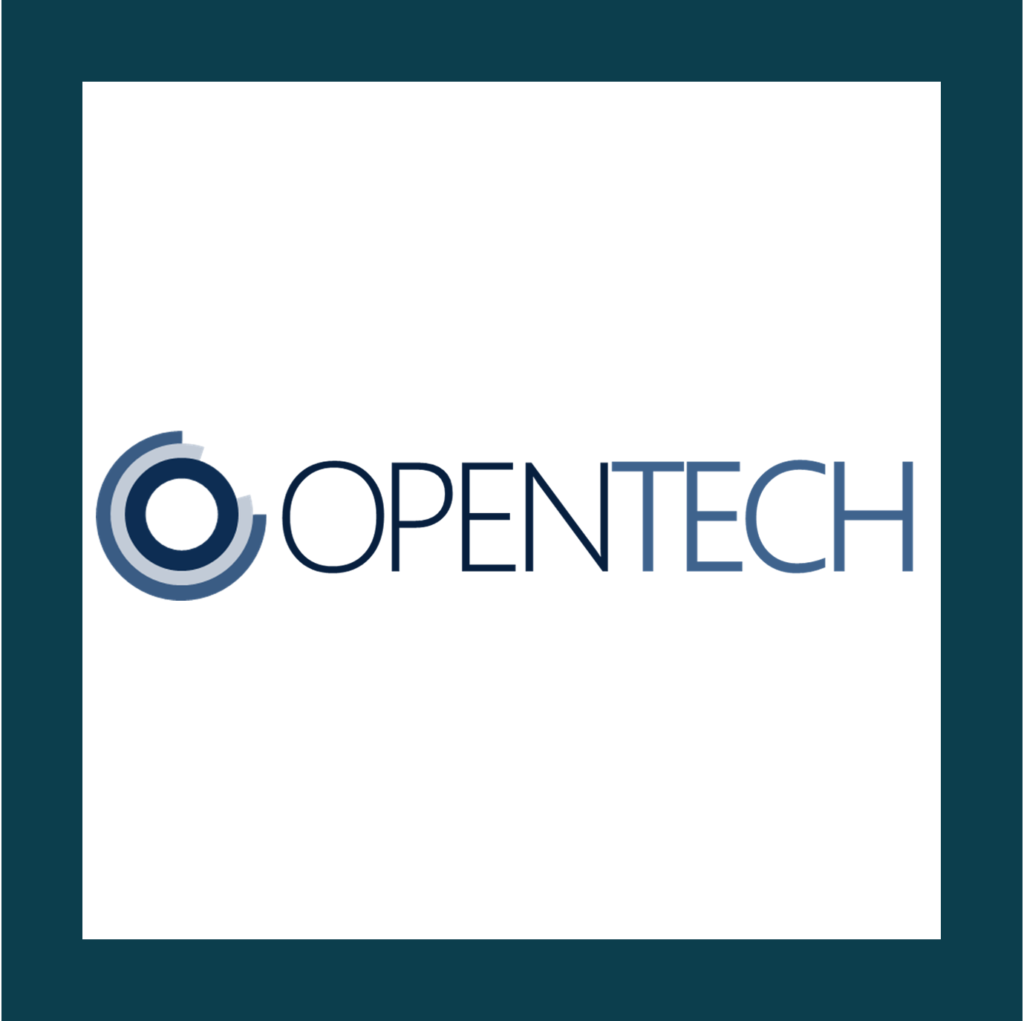How CCM is GRC’s best friend?
Why would enterprises focus on GRC?
GRC is an integral element of any enterprise’s operational resilience strategy as its goals pivot around ensuring compliance with regulations, mitigating risks, enhancing operational efficiency, as well as supporting effective decision making and safeguarding reputations. So any business integrating GRC into their operations can achieve greater resilience, sustainability and competitive advantage in the complex business ecosystem.
What’s the current state of GRC?
There are several issues that are driving GRC to become a complicated, lengthy process for enterprises currently that are preventing them from maximising its full potential:
Lack of Board Support: Let’s be clear – GRC focus starts at the top. Boards are engaging more and more because they are now being held accountable for regulatory compliance, so it’s imperative that they understand. However, lack of understanding can result in lack of support. If they do not allocate sufficient support and resources, and do not create cohesion between the departments that need to collaborate, then implementing GRC effectively will not happen.
Compliance only focus: Not that this is a bad thing, but many businesses purely focus on meeting regulatory requirements, rather than broadening that to understand and manage risks. So this essentially narrows the focus, making it a checklist where the box ticking exercise is more important than proactively managing and addressing the emerging risks.
GRC is complex: GRC involves multiple stakeholders, teams and regulatory requirements that are constantly changing and often ambiguous, meaning processes can be confusing, creating miscommunication and thus inefficiencies. This can result in the GRC practices not addressing the enterprises’ needs.
Manual and Outdated tools: Many businesses are still relying on manual and outdated tools – resorting to spreadsheets and emails to manage the GRC processes. This results in time consuming, error prone methods which are therefore hard to scale.
The challenge of integration: GRC processes do require a level of collaboration among multiple departments – legal, finance, IT, operations – so if these departments work with an isolated approach even to the extent of sharing or integrating their systems, or even trying to understand priorities and challenges for each other, then this results in a fragmented GRC, efforts that will be totally ineffective.
Risk awareness is lacking: Understanding your organisations risks is paramount for effective GRC, so if there is a lack of risk awareness or even a failure to identify and assess emerging threats then the GRC processes you implement will not mitigate the businesses vulnerabilities at all.
Very poor communication: Each team and employee needs to understand the role they play in effective GRC. If training and communication is poor then ultimately this will result in poor implementation.
So businesses often turn to vendors that focus on GRC
To effectively manage GRC, organisations need to leverage technology that can support their objectives and often turn to GRC vendors to help which offer centralised software platforms that enable businesses to manage their governance, risk, and compliance activities from a single system. Typical benefits include:
A centralised GRC Platform: This enables businesses to manage all their compliance, governance and risk activities all from a single tool.
Support for risk management: Helping businesses proactively identify and assess potential risks to their operations, providing frameworks to conduct risk assessments, prioritise the risks and develop mitigation strategies.
Compliance management: GRC Vendors assist businesses to comply with applicable laws and regulations and their platforms have features to track and monitor compliance and automate processes, allowing businesses to avoid penalties and reputational damage.
Policy management: Support is offered by GRC vendors to help create, manage and communicate policies within a business environment, ensuring that employees are aware of, and adhere to, the organisations policies.
So that’s great; why should, or why are CCM and GRC best friends?
New best friends? Almost definitely, and GRC vendors are recognising the benefits that partnering with CCM vendors can offer their customers.
By incorporating CCM with GRC, you can significantly enhance businesses governance risk and compliance processes because, ultimately, continuous controls monitoring has the capacity to monitor in real time and test controls with automation.
So many benefits are leveraged by businesses when they consider implementing both:
Real-time monitoring: Continuous controls monitoring enables businesses to monitor controls and processes continuously, allowing for early detection of anomalies, errors, or compliance breaches. This real-time visibility helps prevent issues from escalating and enables timely corrective actions.
Automated controls testing: This reduces the need for manual, periodic audits. This automation not only saves time and effort but also increases accuracy and consistency in control testing. It ensures that controls are consistently evaluated and helps identify control weaknesses or failures promptly.
Improved risk management: Continuous controls monitoring provides any enterprise with a more comprehensive view of risks by continuously monitoring controls. Control deficiencies, potential frauds and emerging risks are identified – in real time. Enterprises are able to mitigate risks immediately and allows them to make data-driven decisions to enhance risk management practices.
Enhanced compliance: Essentially by implementing continuous controls monitoring, businesses are able to stay compliant with various regulations and standards. By continuously monitoring controls, it ensures that processes align with legal and regulatory requirements. It provides automated alerts and notifications for non-compliance, enabling businesses to take immediate corrective actions.
Provides visibility to the data & legacy kit you never knew was there: Understanding your cyber assets implementing CAASM can often be a focus when trying to enhance your GRC programme, however does your enterprise understand where all your assets are? With CCM, you will discover all your assets, whether that is cloud, on prem or legacy, and understand where your business risk is.
Increased efficiency and cost savings: CCM streamlines GRC processes by automating control monitoring and testing. It reduces manual effort, paperwork, and the need for extensive audits. This automation improves operational efficiency and frees up resources to focus on value-added tasks. Additionally, identifying and resolving issues early on can prevent costly compliance violations or financial losses.
Data-driven insights: Continuous controls monitoring constantly collects and analyses vast amounts of data from various sources. It generates meaningful insights and reports, providing decision-makers with valuable information about control effectiveness, compliance trends, and areas of improvement. These insights enable organisations to make data-driven decisions, strengthen controls, and enhance GRC strategies.
Agility and adaptability: Quickly respond to changing regulatory requirements and business conditions when you implement CCM. As controls are continuously monitored, organisations can identify gaps or new risks and adjust controls accordingly. This flexibility ensures that GRC practices remain effective and adaptable to evolving environments.
So essentially, to combine effective GRC strategies and tools with that of Continuous Controls Monitoring, your enterprise will not only become robust and achieve total visibility of your ecosystem, but will be agile enough to ensure that the constantly evolving GRC landscape will not leave your business vulnerable on any level.
Bring all your disparate tools together
As well as being user-friendly, the Quod Orbis CCM managed platform meets the highest standards to satisfy the requirements of those responsible for your organisation’s IT governance, risk and security posture.



